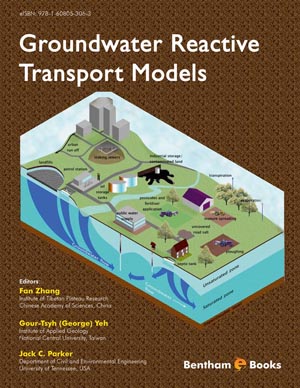Abstract
The word “zeolite” has Greek roots and means “boiling stones” (zein = to boil and lithos = stone), derived from the visible loss of water, noted when natural zeolite was heated in the “mineralogist´s” blowpipe. Volcanic rocks containing natural zeolites, i.e., hydrated aluminosilicate minerals, have been mined worldwide perhaps for more than thousand years, mostly for use as cement and building stones. Since that time, the progress in marketing natural zeolites as building stones, as lightweight aggregate or pozzolans in cements and concretes, as filler in paper, in uptake of radiocesium and strontium from nuclear waste and fallout, as soil amendments in agronomy and horticulture, in the removal of ammonia from municipal, industrial or agricultural waste and drinking waters, as energy supplier in solar refrigerators, as dietary supplements in animal diets, as consumer deodorizers, in pet litters, in uptake of ammonia from animal manures, as ammonia filters in kidney-dialysis units and as zeoponic substrate for growing plants on space missions to their recent success in healing of cuts and wounds or even as anti-tumour adjuvants has been encouraging, manifesting that the natural zeolites have been considered for a commodity of a great potential, application of which promises to expand even in near future.
Keywords: Marketing natural zeolite, natural zeolite science development, short historical excurse, updated knowledge about zeolite, zeolite deriving words, zeolitic molecular sieves, zeoponic space vegetable.












